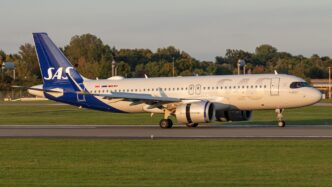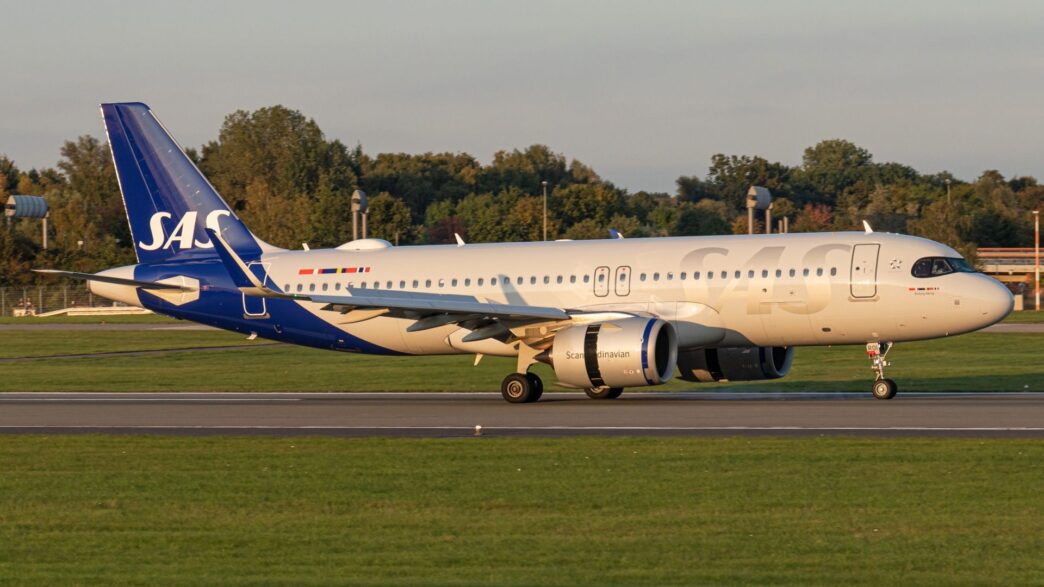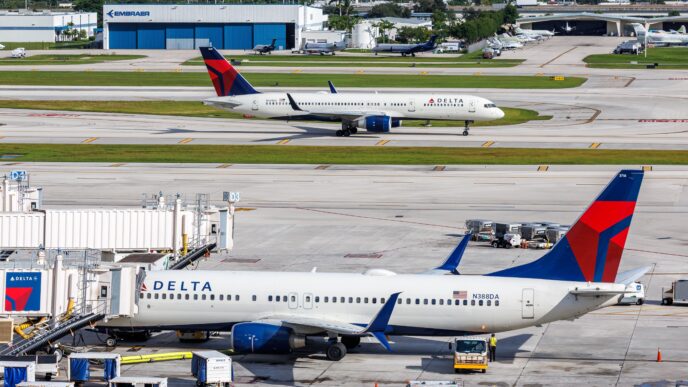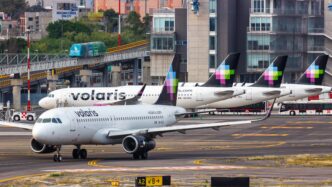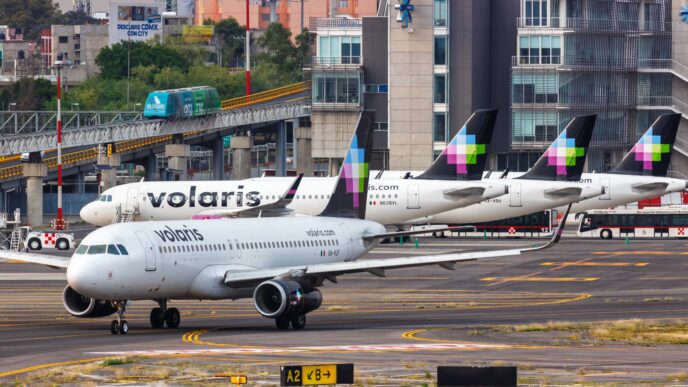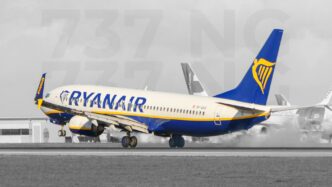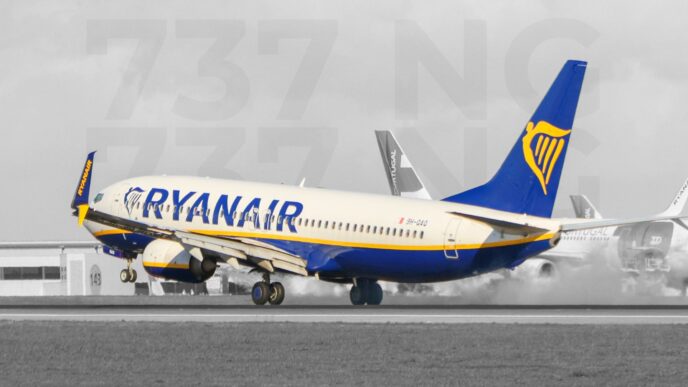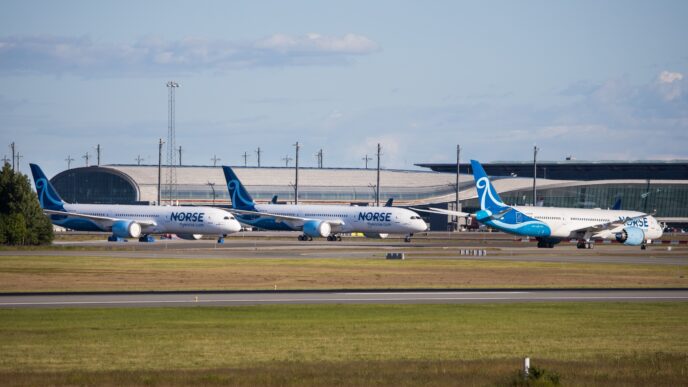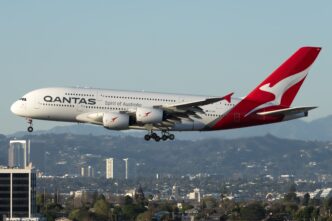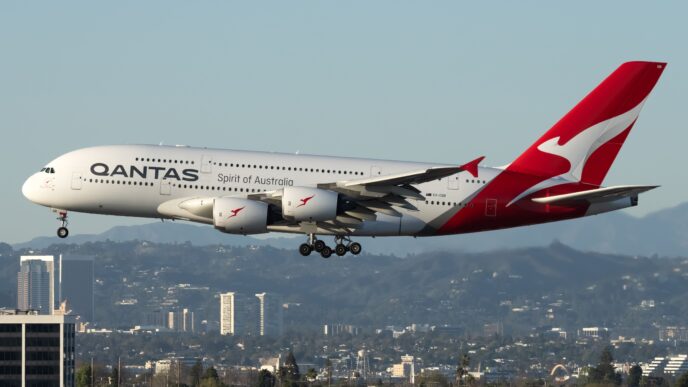On Sunday, August 17, a Scandinavian Airlines Airbus A320neo had to make an unexpected return to Copenhagen shortly after taking off for Oslo. The crew detected a hydraulic issue, which is a big deal because it can impact essential systems like the brakes and landing gear. Thankfully, the plane landed safely back at Copenhagen Airport, but the return meant the planned flight rotation had to be canceled. In situations like this, airline crews are well-prepared to handle such emergencies, following strict procedures to ensure everyone’s safety.
The aircraft, an Airbus A320neo with the registration LN-RGN, was on its regular route from Copenhagen to Oslo. It took off a bit later than usual, at 12:05 local time, and was supposed to reach Oslo by 12:55. However, just minutes into the flight, the crew noticed the issue and stopped climbing at 11,000 feet. They circled the area for about 30 minutes to troubleshoot before safely landing back on the same runway they departed from, roughly 50 minutes after takeoff. Passengers were informed about the hydraulic problem, which could have affected the landing gear. As a result, the next flight, SK-1469, was canceled, but the aircraft was back in action the following day.
Hydraulic issues on modern planes like the A320neo are rare but can be serious. They often stem from fluid leaks or pump problems. When such issues arise, crews follow detailed checklists and may hold in a safe area to assess the situation before deciding to return or divert. In this case, the crew made the right call to head back to Copenhagen, ensuring everyone’s safety. The A320 family is equipped with three independent hydraulic systems, which power critical components like the landing gear and brakes, so any malfunction needs immediate attention.
#AviationSafety #AirbusA320neo #ScandinavianAirlines #FlightIncident #TravelNews
Originally reported by Simple Flying Read More
